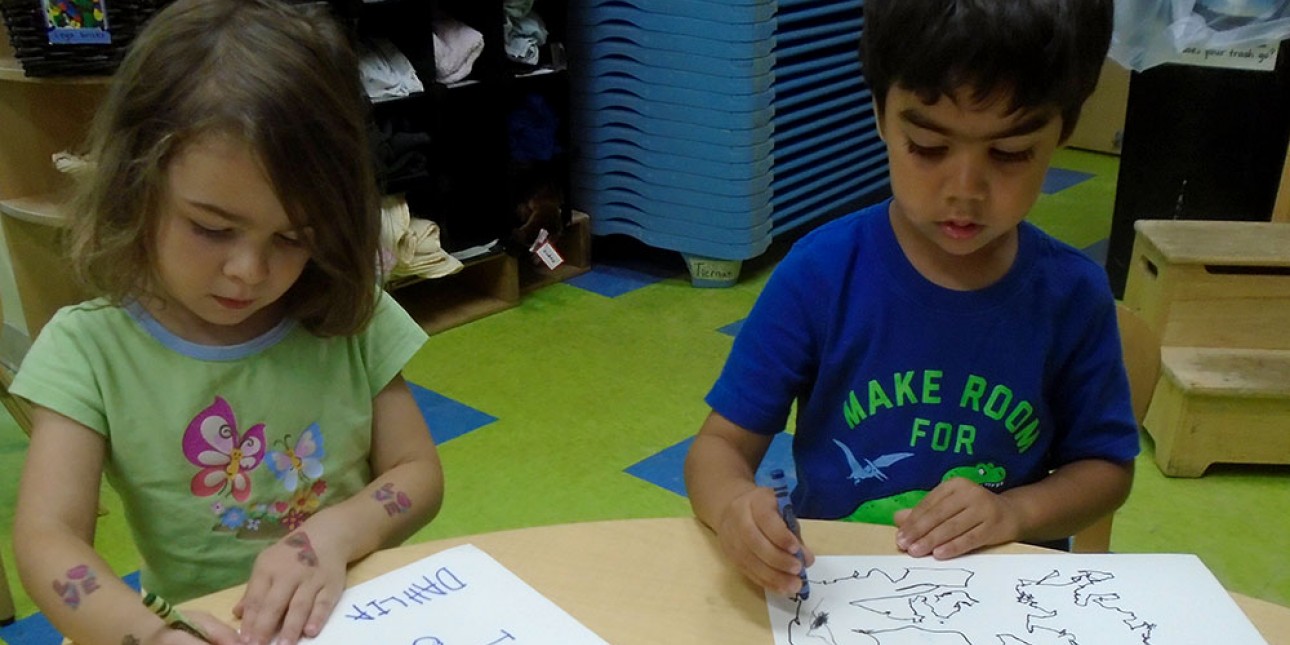In the Classroom: The Roadrunners

When feelings show
At PIC, summer is full to the brim with transitions. In our classroom Roadrunners from the last year are moving up, and new children are joining our class.
As parents and teachers know well, transitions can be challenging for children. For your child, leaving their familiar classroom, teachers and friends can bring up some big feelings. You might have noticed your child experiencing excitement, anxiety, uncertainty - or fear!
Whether your child starts to have big cries saying goodbye at drop-off, or gets really scared of something that you know is completely safe, your child just might take the opportunity to show you some anxiety or fear in this time full of changes.
Seeing a child you are close to show fear - whether you’re a parent, family member, or teacher - can be hard for adults. It might feel like your child should be past this stage, or that their fear doesn’t make sense.
But there is nothing unusual about a young child being afraid of something, and it’s a great opportunity for us as the close adults in their lives to help them move past their fear and emerge as more confident, flexible and assertive.
And while it may bring up some fear, this transitional time is also a big opportunity! It gives us adults a chance to reflect on how we parent or teach. We get to think about what’s working well and what could use some adjustment.
As adults, one of the most effective ways to help a child change a behavior is to shift how we interact with the child. When your child shows you their joy, their fears, or their anger, you can use that information to see where they are succeeding wildly, and where they could use some adult assistance. We get to think “hmm…what can I do differently that will help my child move through these feelings?”
So when a child is afraid, how can we assist them? Adults can stay close to the child while they sweat, cry, or scream, and let all those fearful feelings come up - while still providing a gentle, loving push towards the thing that is so scary. When the child gets to cry or tantrum out how scared they feel with an adult that they’re close to, they gain the power to move past their fear. You can read a longer description of this strategy and other ideas about healing fear at http://www.handinhandparenting.org/article/your-fear-toolkit-how-to-help-your-child-with-fear-and-anxiety/.
As your child moves to a new classroom, we adults can pay attention to our children and all their successes and tough spots, so we can create new and better opportunities for our children to flourish.
Classrooms